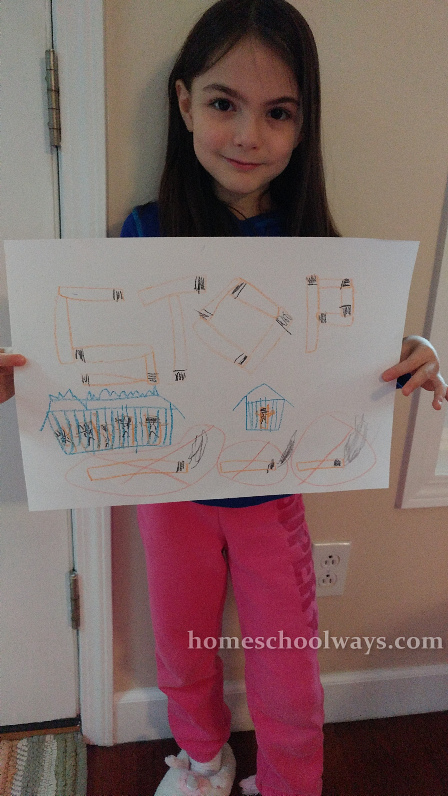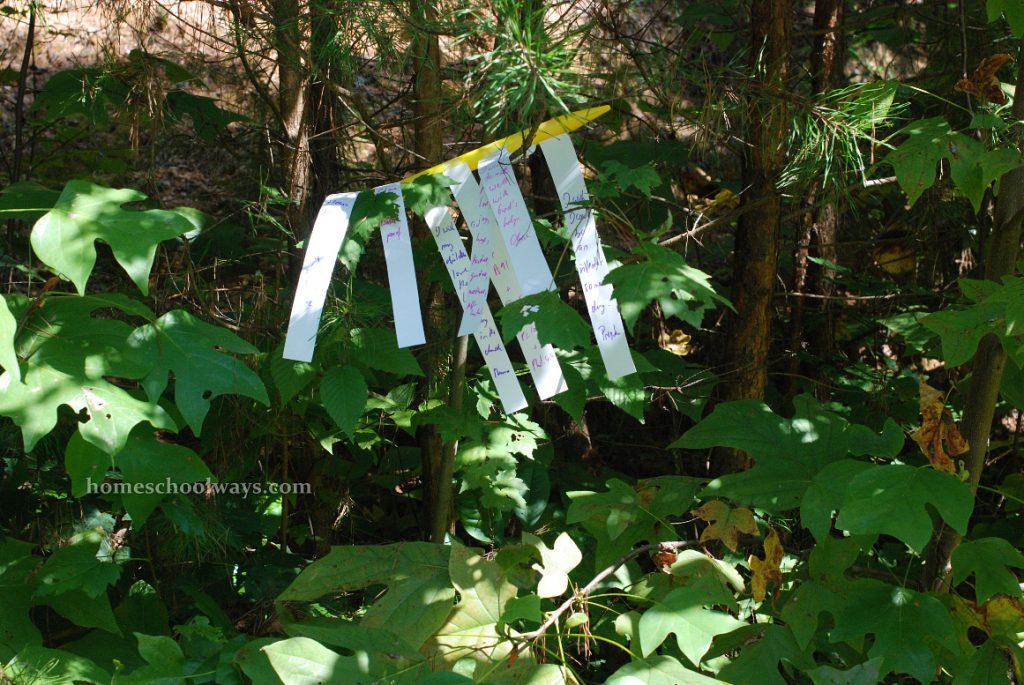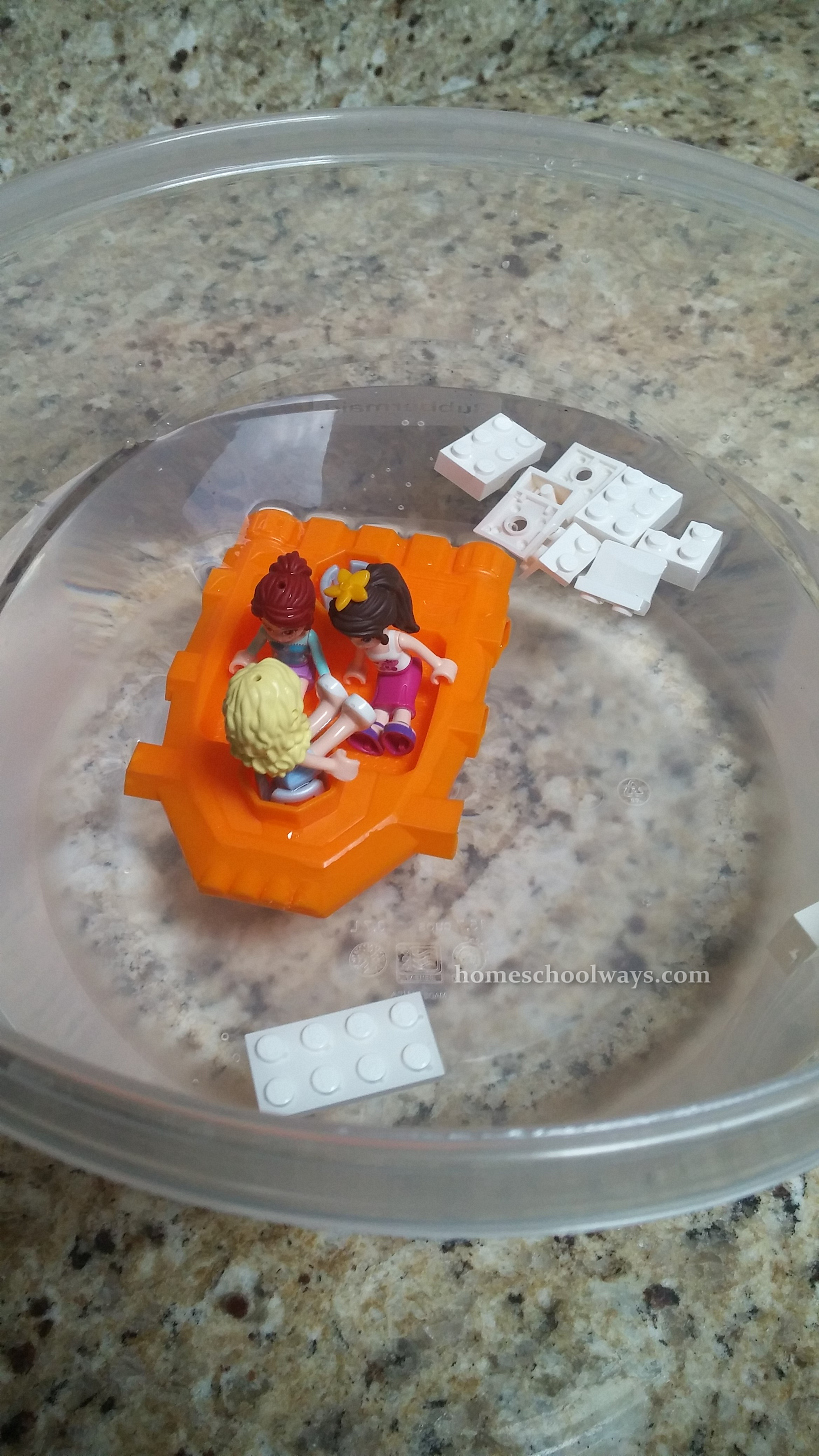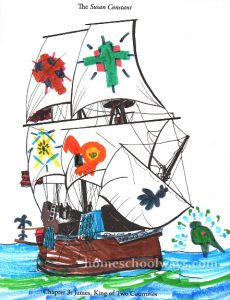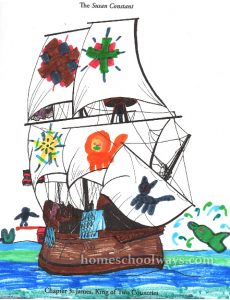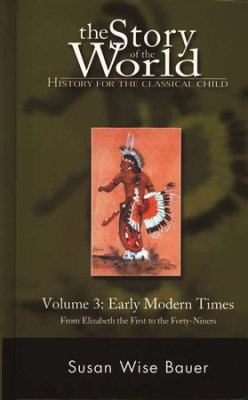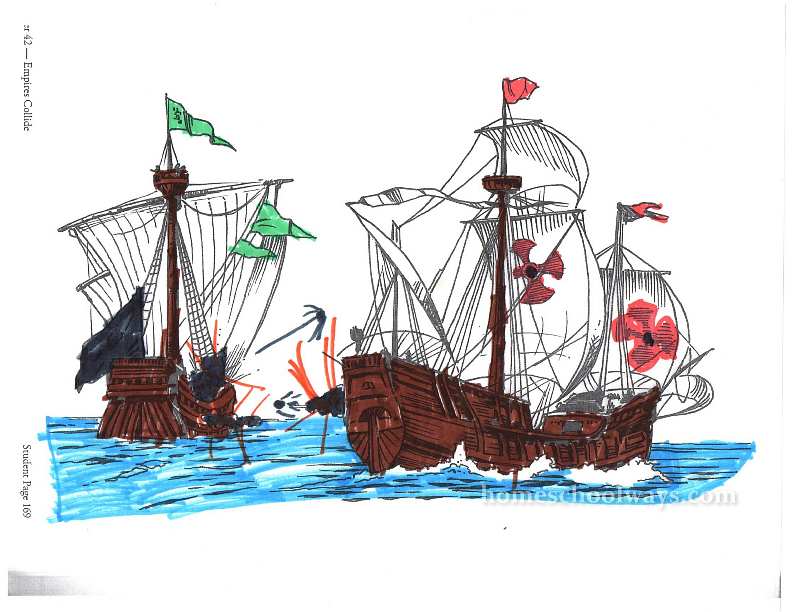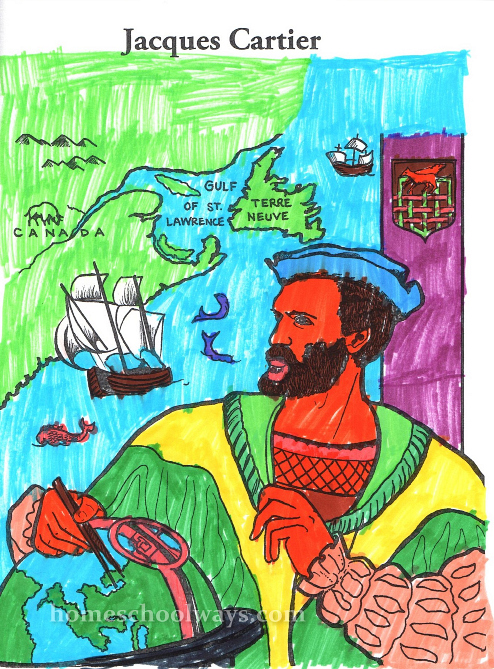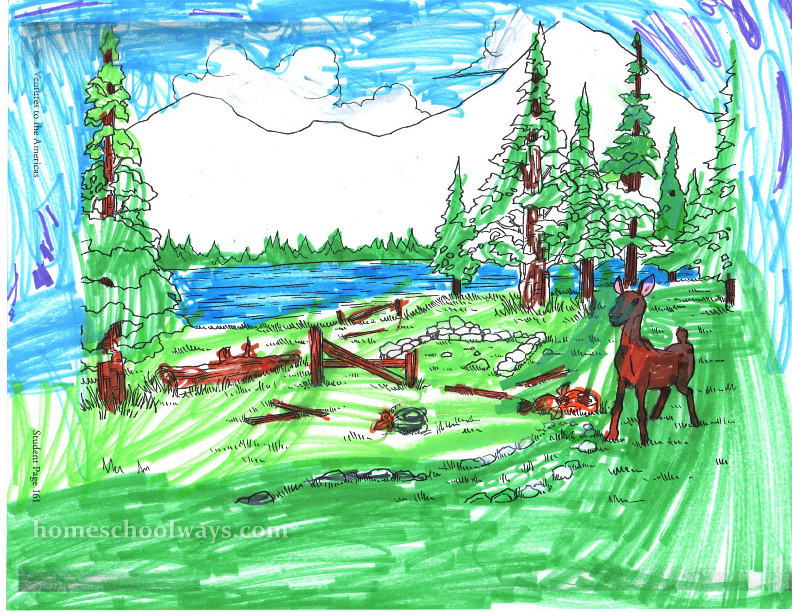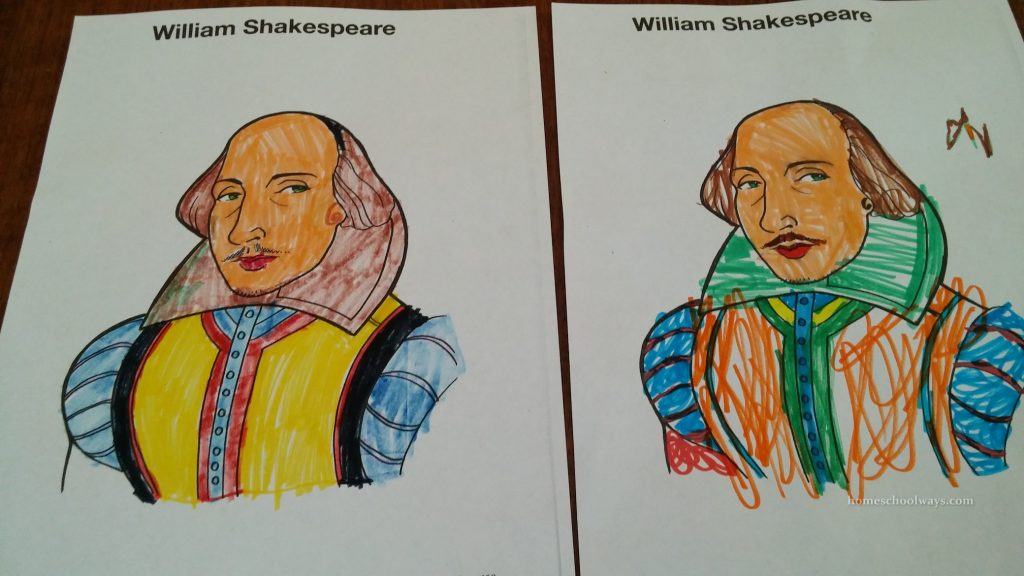The last time I blogged about Story of the World and our adventures in history was in October. That does not mean we have done done history. In fact, today we covered chapter 34. I suppose you can say I’m a bit behind in blogging about SOTW. My apologies. I will do my best to recount our efforts and catch up in the next couple of months.
Chapter 6 dealt with new colonies in the new world: Plymouth Plantation and New Amsterdam. For our craft, we made cornbread based on the recipe provided in the Activity Book – an original Wampanoag recipe with modern ingredients.
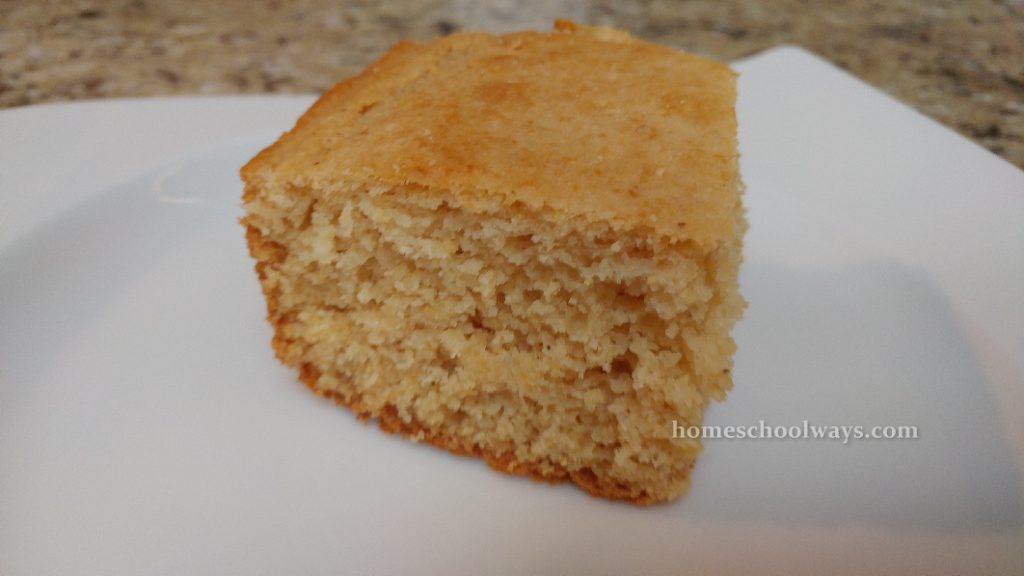
Wampanoag Cornbread
I modified the recipe a bit: soy milk instead of “milk,” vegetarian margarine (we like Smart Balance) instead of “margarine,” and honey instead of sugar. The one egg needed in the recipe can be replaced with Egg Replacer, of course. Even with all the substitutions, the cornbread came out well and everybody enjoyed it. I made some vegetarian chili and a cabbage salad and that was our lunch.
The kids loved to hear the story of The Mayflower all over again. We have covered it every year around Thanksgiving and they remembered some bits. The thing is, I don’t harp so much on dates and details. Maybe I should. The way I learned history was dry and fact-oriented and I want them to get into history through the avenue of a story.
Continue reading »
